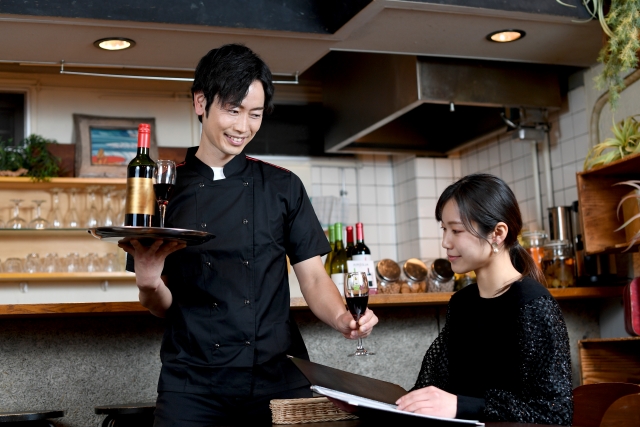In VO2, we will share the manners and customs of dining in restaurants. When traveling abroad, dining is often one of the enjoyable activities. However, the rules can vary from country to country: how to behave in a restaurant, what to do about tipping, how to place an order, and so on.
Japan also has its unique aspects, so please take a look for your reference!
Please note that manners and customs are not necessarily something that must be strictly followed, but they are one of the things that our administration pays close attention to when traveling abroad. By respecting the culture and customs of the host country, you are more likely to be recognized as a welcome guest, engage in better communication, and often achieve positive outcomes. We believe that it is better to know than not to know, and we would like to share this information with you with that sentiment in mind.
Restaurant edition
1: Oshibori
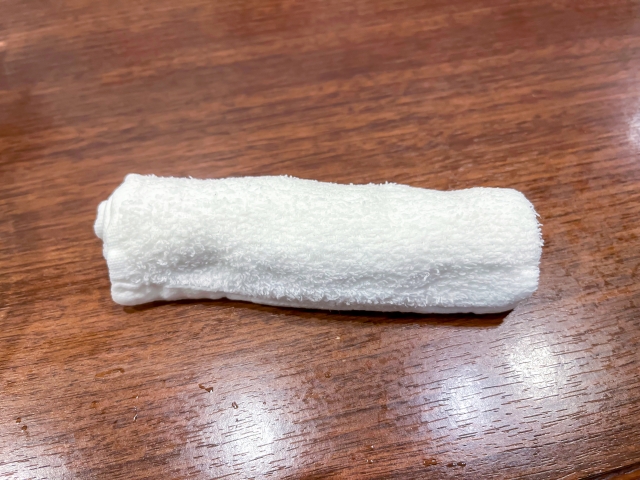
In Japanese restaurants, it is common to be given an oshibori. Sometimes it is a towel, while other times it is a simpler version wrapped in plastic.
Oshibori is often provided before you place your order, and it is used to wipe your hands before eating. You can also use it to clean your hands during the meal if they get dirty. This service is free of charge. We introduce this in the article as well.
2: Water and Tea
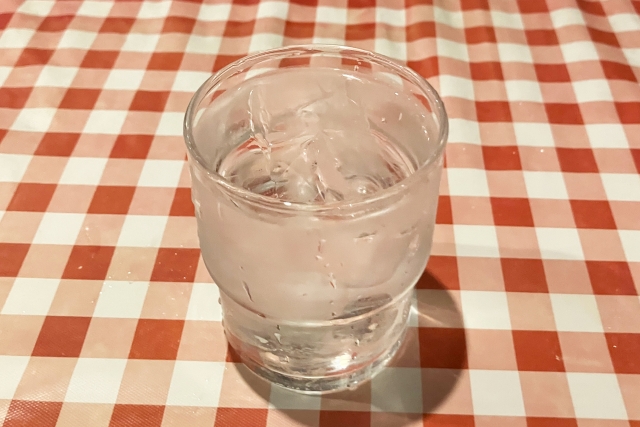
Even if you don’t order anything, water or tea is often served automatically. Don’t worry, it’s free. In many Japanese restaurants, water or tea is provided free of charge. During the winter, hot tea is often served due to the cold weather. Also, refills are free. When you go abroad, you realize how nice this service really is.
However, please note that water or tea listed on the menu is not free.
3:When calling a waiter or waitress
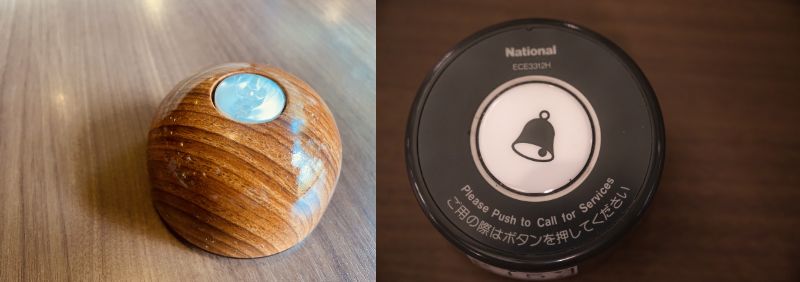
This button is often not provided, so let me explain what to do in that case.
Ordering at a restaurant can be nerve-wracking. In Japan, many restaurants have a button like the one in the picture on each table. When you press this button, a server will come to your table to take your order.
This button is often not provided, so let me explain what to do in that case.
- Touchscreen format
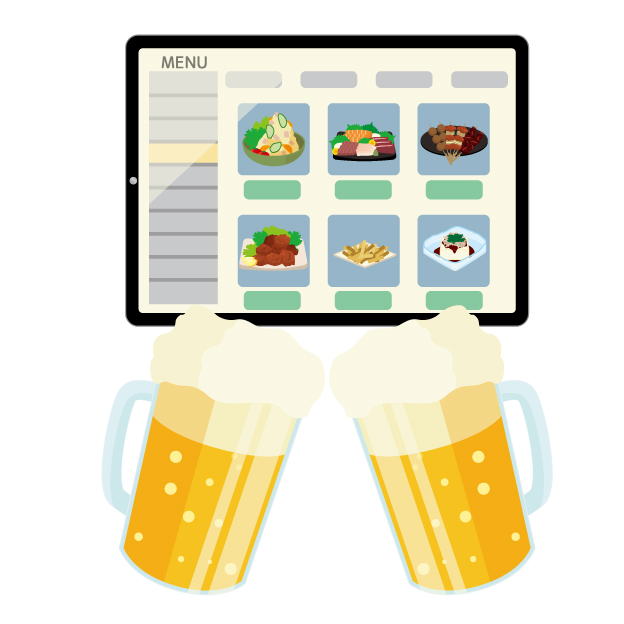
In cases where a touchscreen is placed on the table, you can place your order directly using this touchscreen. There is no need to call a waiter or waitress. The touchscreen displays a menu with pictures, making it easy to understand! Additionally, some restaurants may offer language selection on the touchscreen. For foreign visitors to Japan, the tablet menu may be the most convenient option! Family restaurants and conveyor belt sushi restaurants often have these tablets.
- If there is neither a touchscreen nor a call button
In this case, you will need to call a waiter or waitress using your voice or gestures. It can be a bit tricky to judge, but depending on the atmosphere of the restaurant, you may need to adjust how you call for the server.
In cafes or quieter establishments: Wait for a good moment when the server comes to your table to take your order. If you’ve decided on your order quickly, you can raise your hand or make some gesture while facing the server. In Japan, calling a waiter or waitress over is not considered rude, so feel free to do so without hesitation. Speaking softly is fine, but shouting loudly is not very appropriate, so observe the atmosphere of the restaurant and decide accordingly!
In very lively izakayas (Japanese pubs): You might wonder what kind of izakaya this could be, but you’ll understand once you visit. These are bustling places with a lot of energy. If other customers are calling out “Sumimasen!” (Excuse me!), you can also do the same without any issue. The server will respond loudly and come to your table.
Calling out “Sumimasen!” to summon a server in a restaurant that is not from your own country may feel a bit daunting, so consider it as a little adventure and give it a try!
4:tip
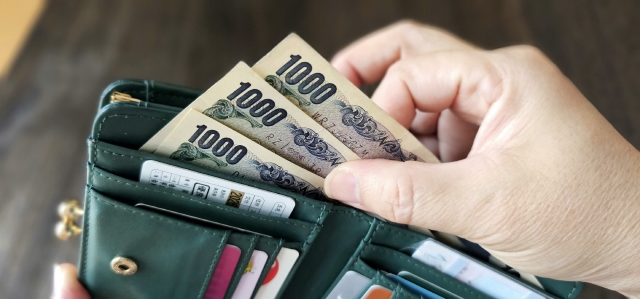
In Japanese restaurants, tipping is not necessary. In fact, servers might feel uncomfortable if you try to tip them, so it’s best to refrain from doing so. Some restaurants include a “service charge” of around 10% in the bill.
If you really want to show your appreciation, you can simply tell the server that the meal was delicious. While Japanese people often say “gochisousama deshita” to express gratitude after a meal, it’s less common to directly say “it was delicious.” Many might feel a bit shy or include it within “gochisousama deshita.” Therefore, please do tell the server “oishikatta desu” (it was delicious). They will likely be very pleased to hear it.
5:a small appetizer

In Japan, there is a cultural practice known as “a small appetizer,” pronounced as “otōshi” in Japanese. When you visit restaurants or izakayas (Japanese pubs), it is common to receive a small appetizer or dish without having ordered anything.
This otoshi is not complimentary and will be added to your bill. It can be likened to a table charge in terms of its purpose. When you are served otoshi at a restaurant, it is customary in Japan to accept it without questioning. Typically, the cost ranges around 500 yen.
There have been cases where foreign tourists have had disputes over otoshi. The concern often arises from why they have to pay for something they didn’t order. While this viewpoint is understandable, in Japan, otoshi being a chargeable item is widely accepted as a cultural practice. Some Japanese people do decline otoshi, but even among locals, this might not always be seen as the most polite gesture.
Therefore, while it may be confusing for travelers, I hope this cultural practice can be understood and accepted when visiting Japan.
6:Cases where you take off your shoes at restaurants

In some restaurants, there are cases where there are raised tatami platforms like in the photo, with tables set up on them. In such cases, it’s necessary to take off your shoes before stepping up onto the tatami. It would be considered a breach of etiquette to enter with your shoes on, so please be mindful of this.
While it might seem unusual to remove your shoes in a dining establishment, such seating arrangements are quite common in Japan. Entering with shoes on could inconvenience the restaurant and other patrons, so it’s important to be cautious!

